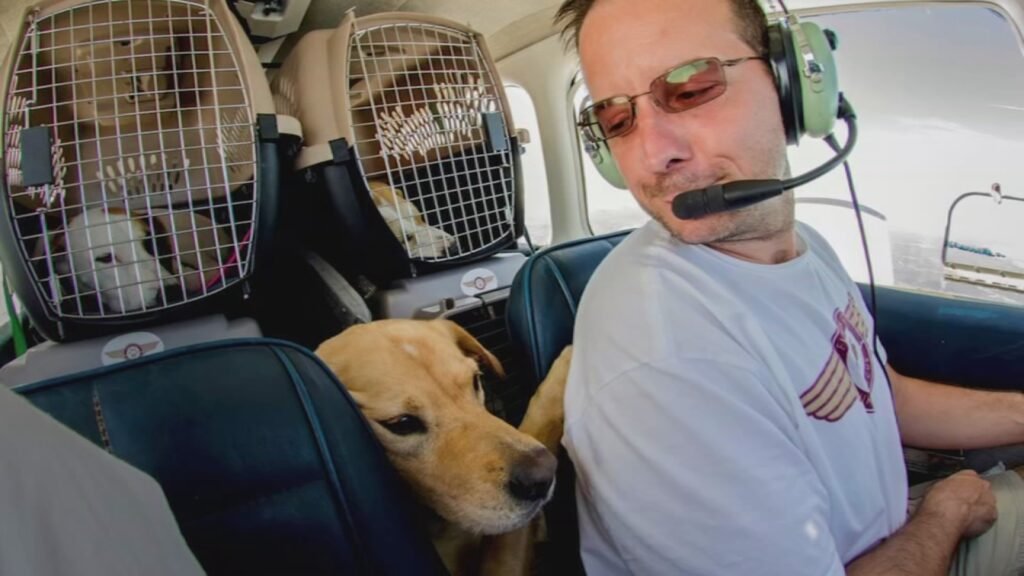Recently, a devastating incident brought global attention to one of the darkest sides of industrial animal agriculture—a ship carrying live sheep sank at sea, resulting in an unimaginable loss of life. This tragedy should never have happened, and it starkly highlights the inherent cruelty and risks involved in transporting live animals over long distances, whether by truck, ship, or other means.
Why This Tragedy Is a Wake-Up Call
Transporting animals destined for slaughter is a process steeped in suffering and violence. From cramped, overcrowded conditions to extreme weather exposure and physical exhaustion, the journey itself subjects animals to significant stress and harm. While this recent shipwreck may seem like an isolated disaster, it is emblematic of a systemic problem rooted in the global demand for animal products and the economic incentives driving the live animal trade.
One might wonder why sheep would be transported overseas at all. Are they being moved for meat, fur, or other purposes? Why not breed animals locally instead of shipping them across oceans? These questions underscore the inefficiencies and ethical contradictions in the current system—long-distance transport of live animals often prioritizes profit over welfare, disregarding better alternatives that exist closer to home.
The Hidden Costs of Live Animal Transport
Organizations like Four Paws International and the Animal Welfare Institute have long warned against the cruelty inherent in live animal transport. The concerns are multifaceted:
- Stress and Physical Harm: Animals endure harsh conditions, including prolonged exposure to loud noises, vibrations, extreme temperatures, and unfamiliar surroundings. Overcrowded transport vehicles often lack proper ventilation, food, water, or rest, leading to injuries, illness, or even death before arrival.
- Vulnerability of Unfit Animals: Transporting sick, injured, or weak animals is unfortunately common, as economic incentives encourage moving as many animals as possible, regardless of their condition. These vulnerable animals are at high risk of suffering and death during the journey.
- Economic Pressures Over Welfare: The drive for profit frequently overshadows animal welfare concerns. According to Animal Place, this economic pressure perpetuates harmful practices, with the animals’ well-being becoming a secondary consideration.
- Weak Law Enforcement: Even where protective regulations exist—such as the Twenty-Eight Hour Law, which mandates rest periods for animals on long journeys—enforcement is often lax or inconsistent. Farm Sanctuary highlights that this failure allows suffering to continue unchecked.
- Environmental Damage: Beyond animal welfare, long-distance transport adds to greenhouse gas emissions and pollution, exacerbating climate change and environmental degradation.
- Ethical Dilemmas: For many, the idea of subjecting sentient beings to such suffering simply for food or fur is ethically unacceptable. The risk of death during transport and the physical torment animals endure challenge the moral justifications behind these practices.
Viable Alternatives for a More Compassionate and Sustainable Future
The tragedy of the ship sinking with sheep aboard should galvanize urgent action toward eliminating or drastically reducing live animal transport. Fortunately, solutions exist that can create a more ethical and sustainable food system:
- Regional Slaughter Facilities: By processing animals closer to where they are raised, transport times and distances can be greatly reduced. This approach minimizes stress and injury for the animals and supports local economies.
- Mobile Slaughter Units: These innovative units bring slaughter services directly to farms, allowing animals to avoid stressful transport altogether and ensuring more humane treatment throughout the process.
- Improved Handling and Facility Design: Humane handling practices at farms and slaughterhouses—including gentler loading/unloading and better infrastructure—can help reduce stress and injury.
- Focus on Local and Regional Food Systems: Building food supply chains that emphasize local sourcing decreases the demand for live animal transport, reduces carbon footprints, and fosters community resilience.
Taking Responsibility: The Consumer’s Role
Humans have placed animals in these perilous situations, but humans also have the power to change the system. Choosing to support alternative food choices that do not rely on long-distance transport of live animals can be a powerful step toward ending this cycle of suffering. Whether through plant-based diets, supporting local producers who employ humane practices, or advocating for regulatory reforms, consumers can drive demand for better, more ethical food systems.
This tragedy, devastating as it is, must serve as a catalyst for change. Sustainable Action Now calls on governments, industry leaders, and individuals to end the practice of long-distance live animal transport. To learn more about the impacts of live animal transport and explore ways to support a more compassionate future, visit Sustainable Action Now’s Live Animal Transport section.
It’s time to rethink how we treat animals, reduce unnecessary suffering, and create a more sustainable and humane food system—for the animals, for the planet, and for ourselves.


